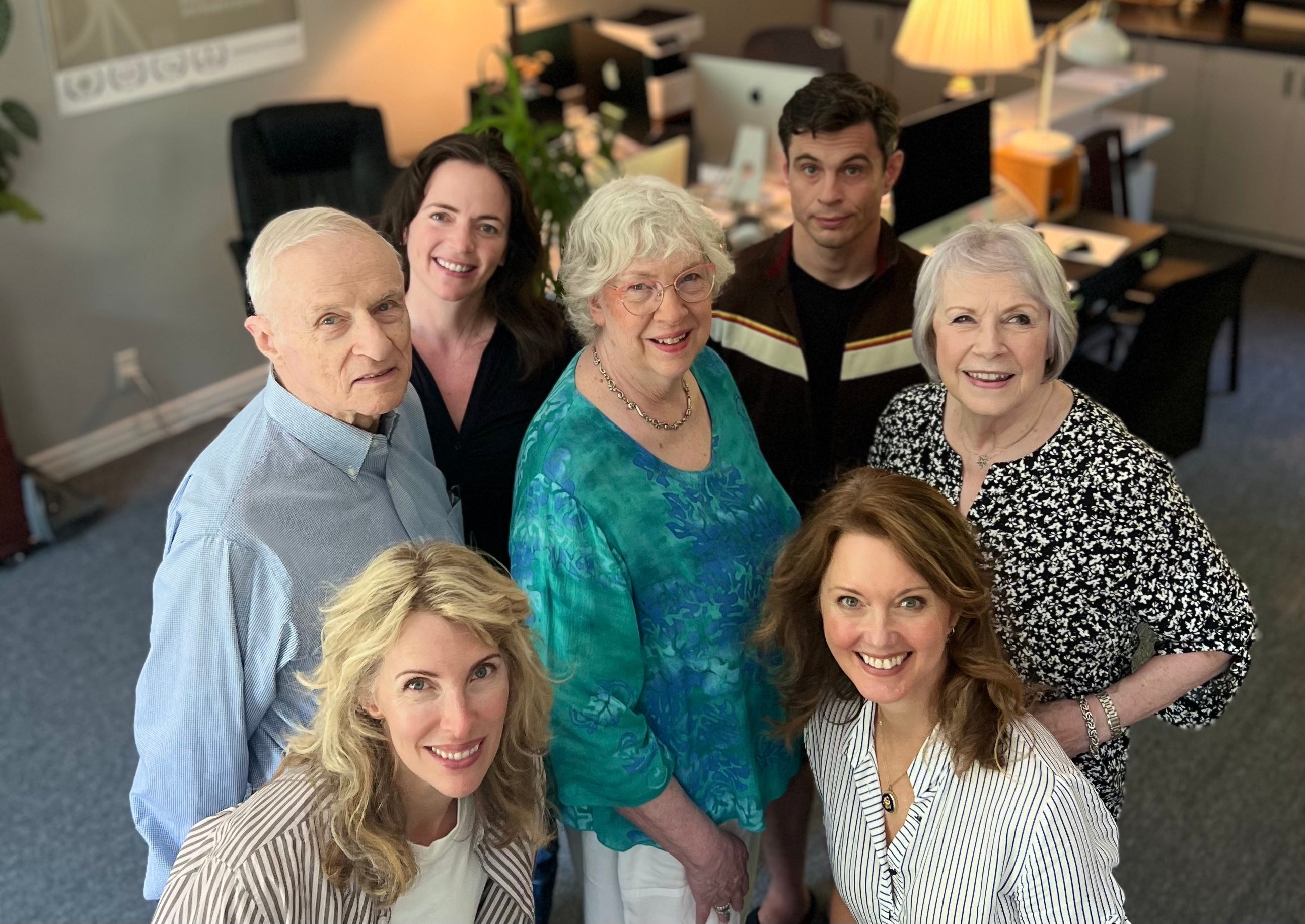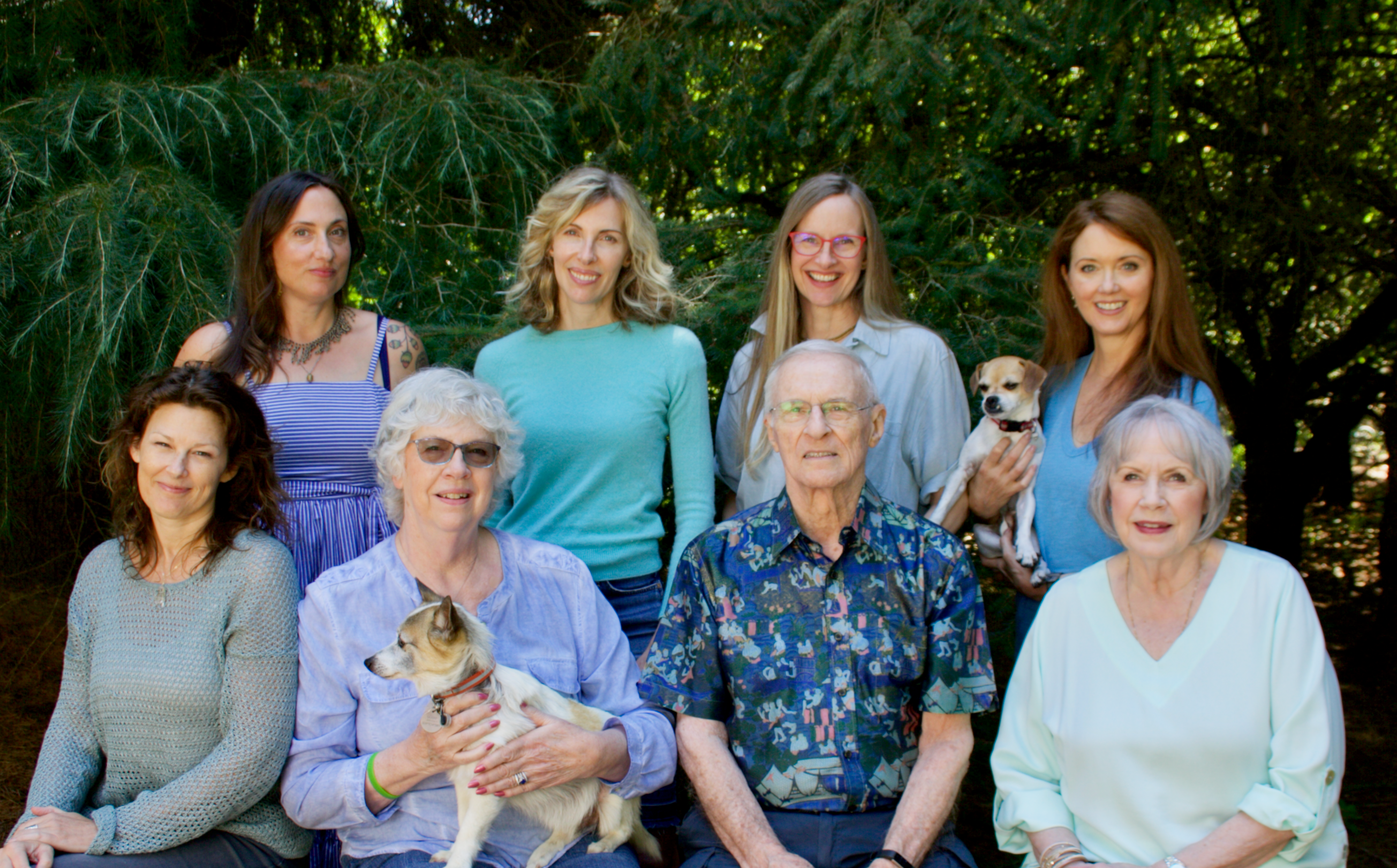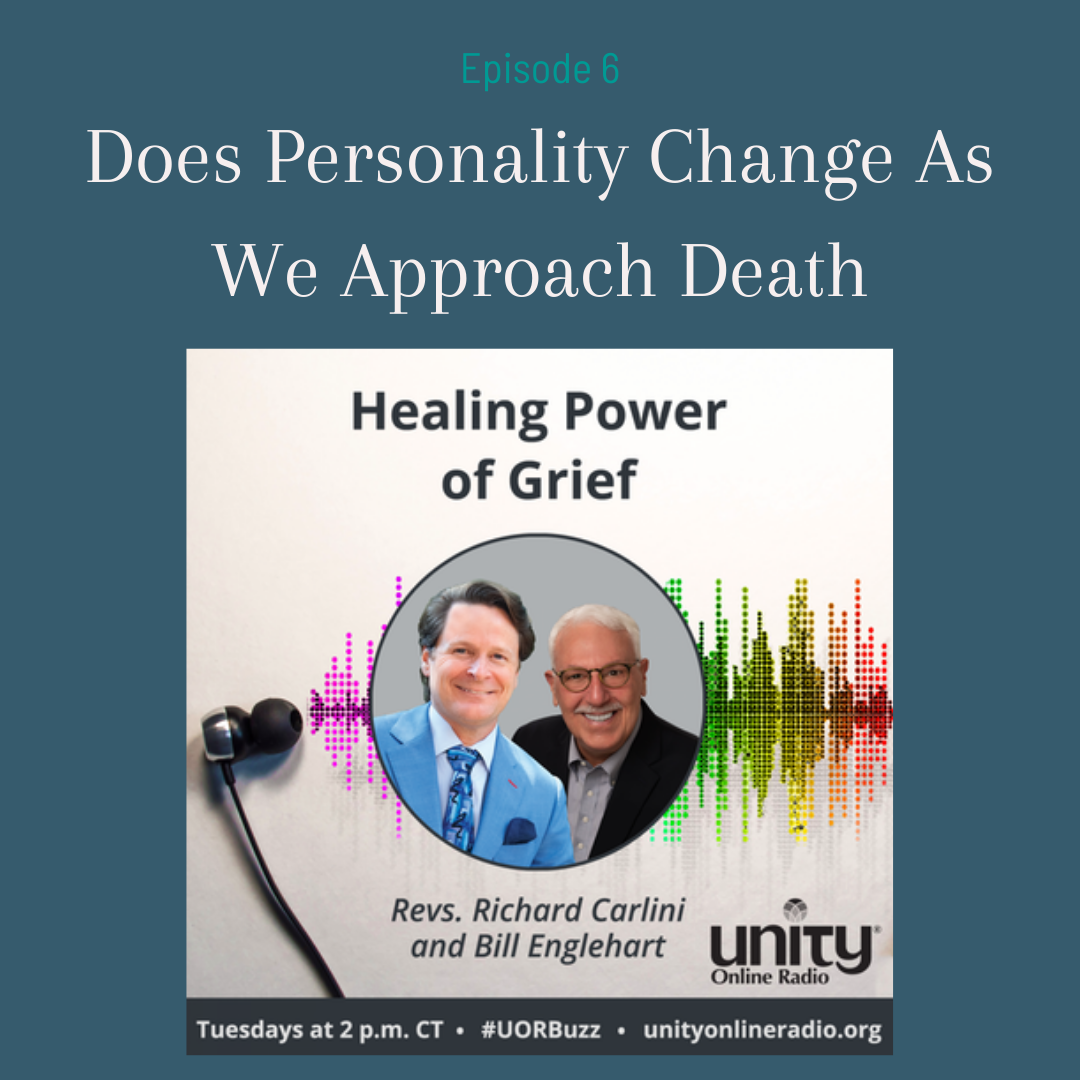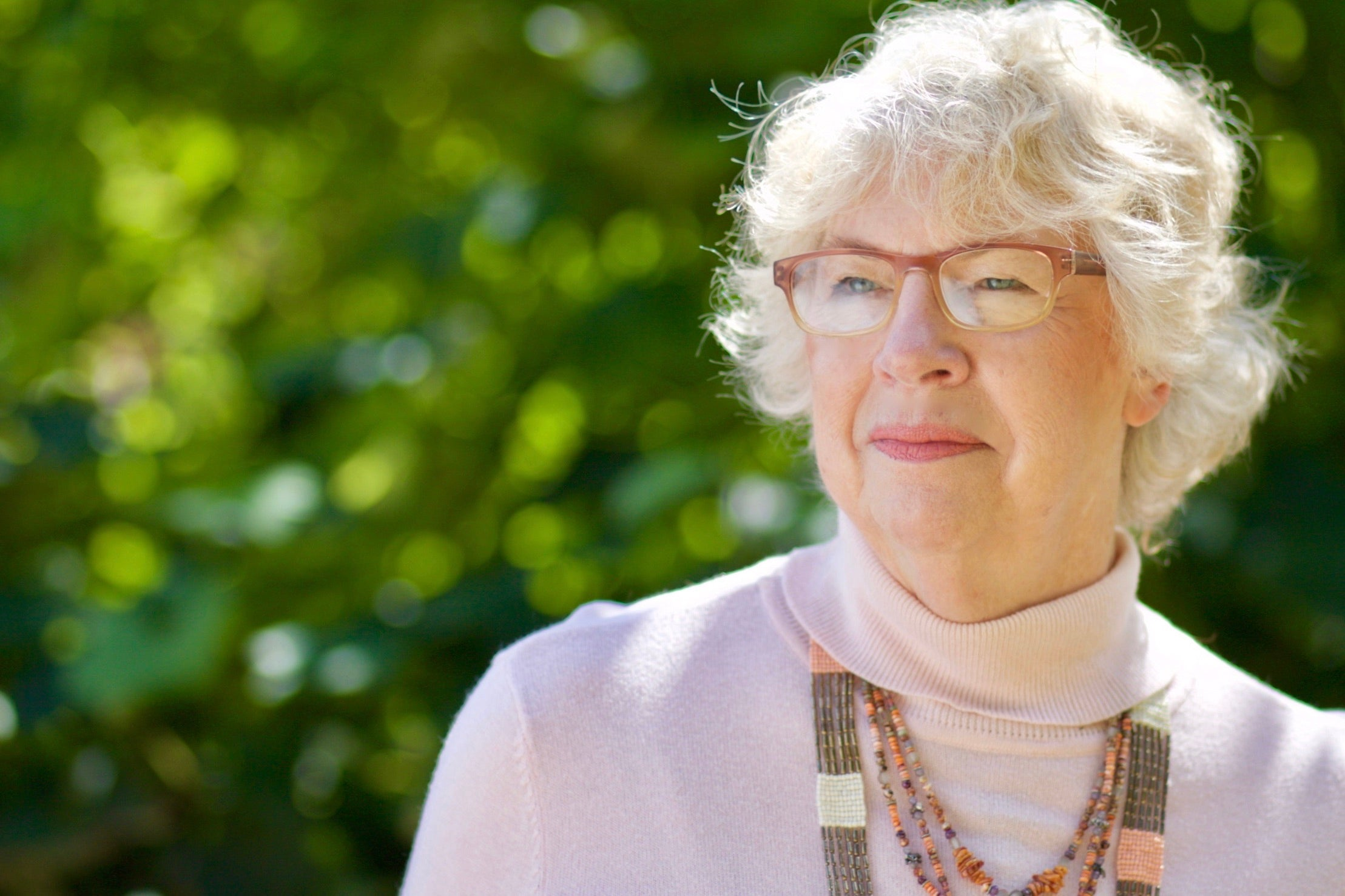Barbara Karnes, RN, this week's guest author, is no ordinary hospice nurse. Over decades of working for or managing hospices, she tapped her writing skills and began to produce books and films. Some are addressed to families to help them understand the natural dying process and cope with grief. Others are resources for hospice workers, from administrators and nurses to chaplains and social workers.
We spent a few minutes with Ms. Karnes this week. Her compassion for hospice workers and grieving families comes through as she tells her story. Specifically, we wanted to know the concerns her consulting clients brought to her that led her to write the article she so graciously allowed us to reprint this week, "How to Say Goodbye When You Are Not There." We got more than we expected.
"This pandemic presented challenges to everyone but unique challenges to hospices. It is forcing hospices to think outside the box. A major component of hospice care is developing closeness, a rapport with a family that enables you to provide comfort."
Touch is a big part of that. You go into someone's home, and maybe you sit on a sofa next to the patient, or maybe near the primary family caregiver. You hold their hands and talk to them. So much of end-of-life work is touch. Today, sadly, touch has been taken away from us, sometimes in homes and always in residential facilities, and all we have left is words.
Some say, "teleconferencing is almost as good as being there," but I find that most elders struggle with teleconferencing technologies. That leaves you with the telephone. With so many patients and families expressing unwillingness to allow anyone into their homes, even healthcare workers — and it is worse now than it was in March — hospices have to figure out how to provide security, comfort, and clinical knowledge with only words over a phone."
Adapting to the pandemic: more contact, not less
Many of the tasks a nurse might do in person can often be taken over by family caregivers — medications can be delivered by a courier and administered by a family member after minimal training, most people can learn to use a blood pressure cuff, etc. — but security, comfort, and clinical knowledge are the purview of the professionals. "My suggestion is to increase contact," Ms. Karnes told us. "When the primary care person is at home alone with a loved one in hospice, or when an entire family is barred from visiting a dying loved one in a SNF or ALF, fear and uncertainty begin building up. 'What is happening?' 'Is this normal?' 'What will happen next?' dominate their thoughts and spiral into anxiety."
"Hospice needs to contact the hospice patient's primary care person every day," she began. "In the case where they will not let anyone in the house, my suggestion is to set up a schedule like this:
- Monday: hospice nurse calls primary caregiver (usually a spouse). Ask 'How is your husband/wife doing?' 'How are you doing?'
- Tuesday: social worker calls. 'I'm just checking in to see if there is anything you need.'
- Wednesday: chaplain calls (with chaplain-esque questions)
- Thursday: a volunteer calls just to chat. You want to assign at least one volunteer per family. They will become a friend and will provide more comfort with their casual, non-clinical conversations.
- Friday: hospice nurse calls again with, 'I just want to check in on you before the weekend.'
- Saturday and Sunday: volunteer calls again, both days
- After a death: for the first week or two, turn over to your social worker, who calls every day. After that, a volunteer, preferably the same volunteer who has been with the family throughout, stays attached to the family and continues to call regularly. The entire care team coordinates who is calling and when so the calls are properly spaced.
The aim of these calls, in addition to providing support and comfort, is to assess what is going on by questioning the primary caregiver. "If you are allowed into the house," she explained, "of course that is the best option. And we have heard that some SNFs that do not allow hospice people inside are making exceptions when the patient is actively dying, as well as hearing of caregivers who will occasionally allow a hospice nurse inside the home even when they will not allow other family members to visit.
"If you have a video conference system the primary caregiver has learned to use, whether it is something like Skype or Zoom or a real telehealth system, it is helpful if the spouse can show you the patient's video image, which is a step up from a lay person giving you a verbal description."
In addition to the calls, Ms. Karnes says, a little 'above and beyond' is required during these unusual times. "When the family lets you know they are seeing the signs you have taught them that death is days or hours away, the hospice nurse needs to say, 'You call me, no matter what time of day or night. I will stay on the phone with you as long as you need.'" Nurses who have given Ms. Karnes' books to a family can direct them to specific pages to re-read at appropriate times to provide additional support.
Coping with a loved one dying alone
A sudden, unexpected death is a separate case but hospice deaths are most often predictable, gradual, and follow a few familiar patterns. Many of Ms. Karnes books are designed to help families know what to expect, what is normal and what is not. However, her books have been written assuming the family can gather around the hospice patient during his or her final hours. Not being able to do that this year adds tremendously to the weight of the grieving process.
"I got to thinking about the grief of families that can't go into an ICU," she said. "I understand what a burden that is. In my book, 'My Friend I Care,' I ask people to write a letter to someone who has already died. I have gotten a lot of positive feedback from the letter system. But now, with the agony that COVID has brought us all, I recommend that hospital nurses, hospice nurses, social workers, and chaplains say this to a stressed family member stopped at the hospital foyer:
'Yes, your dad (mom/husband/wife) is actively dying, but I'm sorry, we can't let you in. Please try this. Go home, sit down in your favorite recliner and know that thoughts are things. Close your eyes, visualize your dad in bed, peacefully asleep. In your mind, do what your heart tells you to do, whether that is to crawl in bed, sit and hold his hand, whatever you choose. Talk to him in your mind. Say what you have always wanted to say, everything you would say if you were there in the ICU or his room at the SNF. Talk about the good times, the challenging times. Cry in your mind and heart, do whatever you need to do, whatever you would do if you were there by his side. At some point, you will know that you are done. Thoughts are things and you will know dad got your love message.'
This exercise, she concluded, does work. It does give at least a little comfort to those cruelly forced to say goodbye from a distance. Read More...






